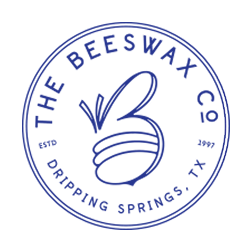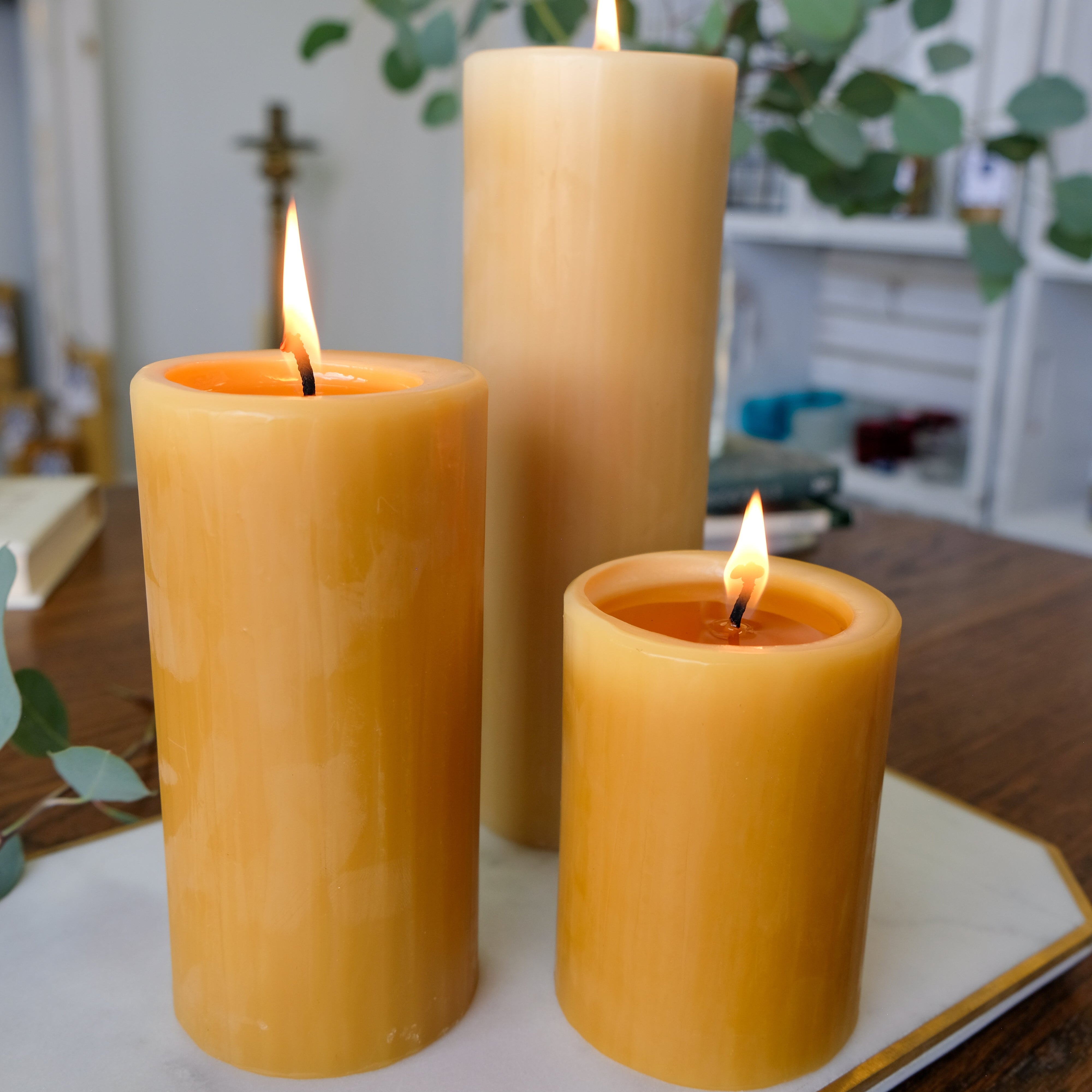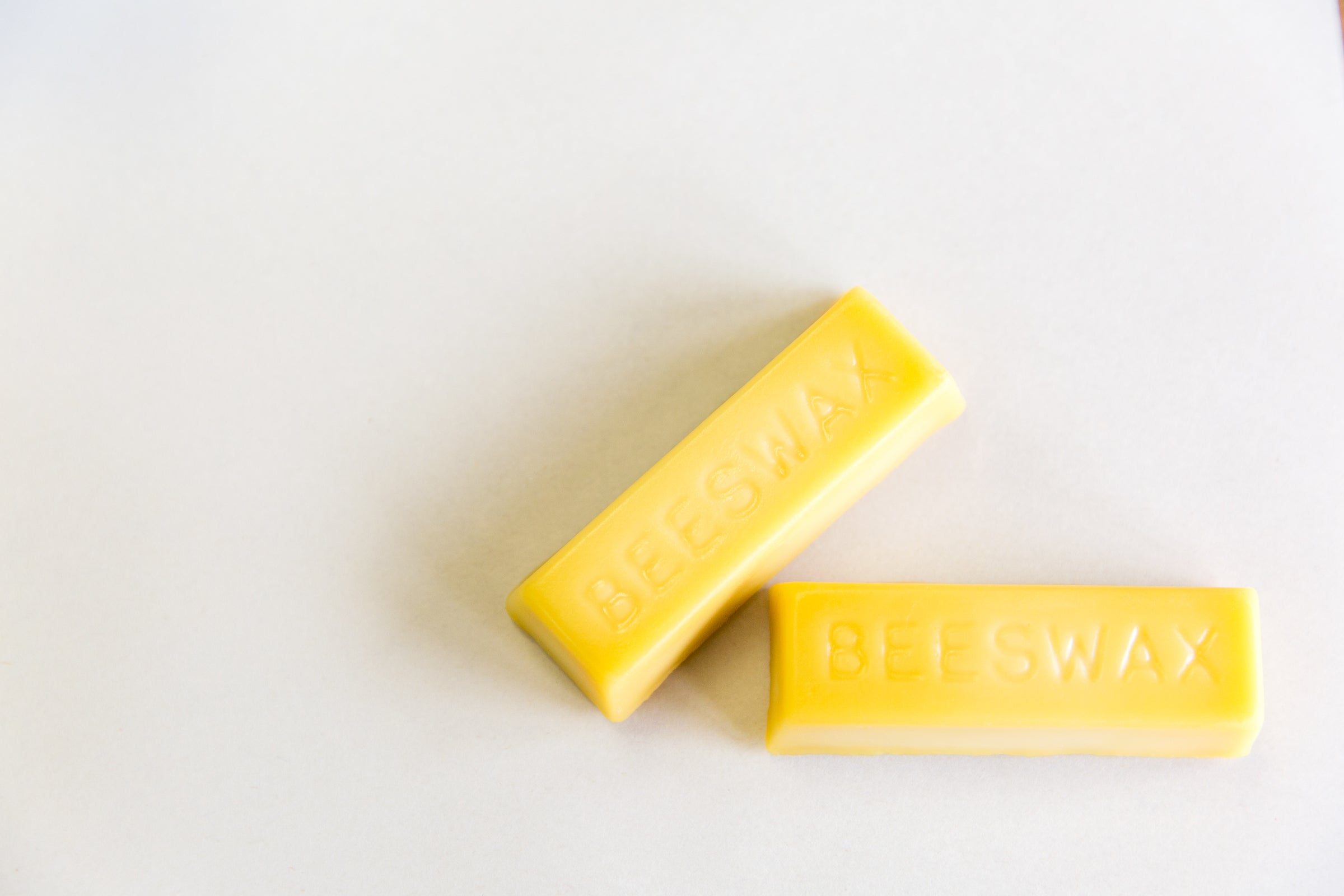If you have leftover beeswax scraps from old candles, don’t throw them away! The beeswax in our candles can be repurposed even after the candle is no longer functional. There are several ways to reuse beeswax. You can give it to us to donate, or you can make it into something nice for your home. Many of our recipes require similar ingredients, so don’t hesitate to try them all. Beeswax DIY projects are so diverse, you‘ll be able to make a useful gift for anyone!
Don’t want to keep your scraps? Recycle them!
You may not be interested in re-purposing your leftover beeswax, and that is totally fine. Instead of throwing your beeswax away, consider donating it to our beeswax recycling program. Simply return your leftover beeswax to our location. After we collect enough beeswax, we will melt and clean the scraps to create new candles. We then donate these candles to charitable organizations that help our community. Recently we partnered with Sustainable Food Center to help support Austin’s local food system. Our program is a great way to give back to the community and reduce household waste.

Treat yourself! Make your own cosmetics.
Did you know beeswax can be used in cosmetics? It’s commonly found in lip balms, salves, lotion bars and more. For beginner DIY-ers, lip balms are a good place to start. The recipe is simple and the process is easy. Once you’ve mastered lip balms, move onto more advanced recipes such as salves and lotion bars.
- Lip Balm: To make lip balm, you will need beeswax, coconut oil, and capsules of vitamin E. Melt your ingredients together in a double boiler. Stir occasionally to keep the ingredients evenly distributed. Once the mixture is consistent, pour it into a container or lip balm tube. Do not use it until it has completely cooled.
- Salve: To make an herbal salve, you will need beeswax, jojoba oil, sweet almond oil, canola oil and essential oil. First combine the oils in a mixing bowl. Then pour the mixture into melted beeswax and mix. Pour the final mixture into a container or mold. You can place it in the refrigerator to speed up solidification. To use the salve, use a wooden stick or your fingers to rub the salve on your skin.
- Lotion Bar: To make a lotion bar, you will need a mold, olive oil, shea butter, beeswax, and essential oil (optional). To begin, melt the beeswax in a double boiler. Gradually mix in the olive oil, shea butter, and essential oil (in that order). Pour the mixture into a mold and let it harden. Once the bar is solid, remove it from the mold. To use, rub a thin layer of the bar onto your skin.
Do a fun project with kids! Make crayons and ornaments.
These DIY ideas are great to do with kids. Children can easily get involved by picking colors and molds and by pouring the beeswax. You can give them the crayons for future coloring and decorate their rooms with the ornaments.
- Crayons: Did you know that many popular crayon brands are made with ? Although these crayons are safe for children, paraffin does make a negative impact on the environment. Beeswax crayons, on the other hand, are easy to make, friendly for the environment, and fun to make with kids. You’ll need a mold, beeswax, dyes or pigments, and carnauba wax. Melt the waxes together, and whisk in your pigment or dye once the wax is melted. Then pour the mixture into your mold, and let it cool completely. You can then remove the crayons from the mold and color away! If you need help finding natural pigments, Squirellyminds has a great post about her crayon project.
- Ornaments: Ornaments are very simple to make. The only materials you need are beeswax, oil, and a mold. The oil can be any kind of cooking oil that you have at home. To begin, cover your mold with a thin coat of oil. Wipe off any excess with a paper towel. Pour melted beeswax into the mold and wait for it to harden. Then, slide your ornament out of the mold. This project is really fun because you can get a variety of results. Kids can easily participate by choosing molds and pouring the beeswax. Experiment with different shapes and objects to complement your individual living space.
Polish up your home! Make beeswax lubricants.
Beeswax makes a great lubricant because of its dense texture. Even in its original wax form, beeswax can be used as a protective barrier for items like metal tools and machinery. To make beeswax an effective tool for wood furniture and accessories, you will need to add some additional ingredients.
- Bare Wood Finish: To make this finish, you‘ll need beeswax, turpentine, and boiled linseed oil. The first step is to combine turpentine and linseed oil in a container. Then pour melted beeswax into the mixture and stir. Cover your container and let it sit for a day. To use this finish, apply it on a wood surface with a soft cloth. Then, dry the surface and buff it with wool.
- Board Butter: If you use a lot of wooden utensils in your kitchen, this project is for you! Don’t neglect your wooden tools by letting them dry out. Bring them back to life with board butter. To make this butter, you will need beeswax and coconut oil. Mix the two together and melt them on the stove. Once the mixture is consistent, you can pour it into a container and let it cool. To use the butter, apply it on your cooking utensils and let them absorb the butter overnight. Buff your utensils in the morning, removing any excess residue.

Want to DIY your own candle? Here’s our pro’s and con’s.
If you’ve accumulated a lot of beeswax scraps, you may be considering creating your own candle. While candles are definitely fun to make, you may encounter some issues with used beeswax. Leftover beeswax often accumulates particulates like dust or burnt wick. Because the wax is no longer pure, the candle may burn unevenly, if it burns at all. Reusing beeswax in candles has its risks. You will get the satisfaction of making a candle; however, you may not get a candle that performs well.
Ready to melt your wax? Follow these tips for the best results.
Now that you have found a project to dive into, let us share a few insider tips on how to get started. The biggest challenge of working with beeswax is that it is easily burned or scorched. To prevent this, you should melt your beeswax slowly on low heat with a double boiler. Keep your beeswax uncovered so that boiling water or condensation doesn’t drip into your wax. Once the wax has a water-like consistency, it is done melting. Let your wax cool a little before using it. Never use a microwave to melt beeswax – your beeswax will explode!
Did you enjoy any of these DIY ideas? Did you burn a lot of candles during the Christmas season? Are you making New Years resolution to take care of the environment? Show us your results on Facebook or Instagram. For more recipes, check out our website.



